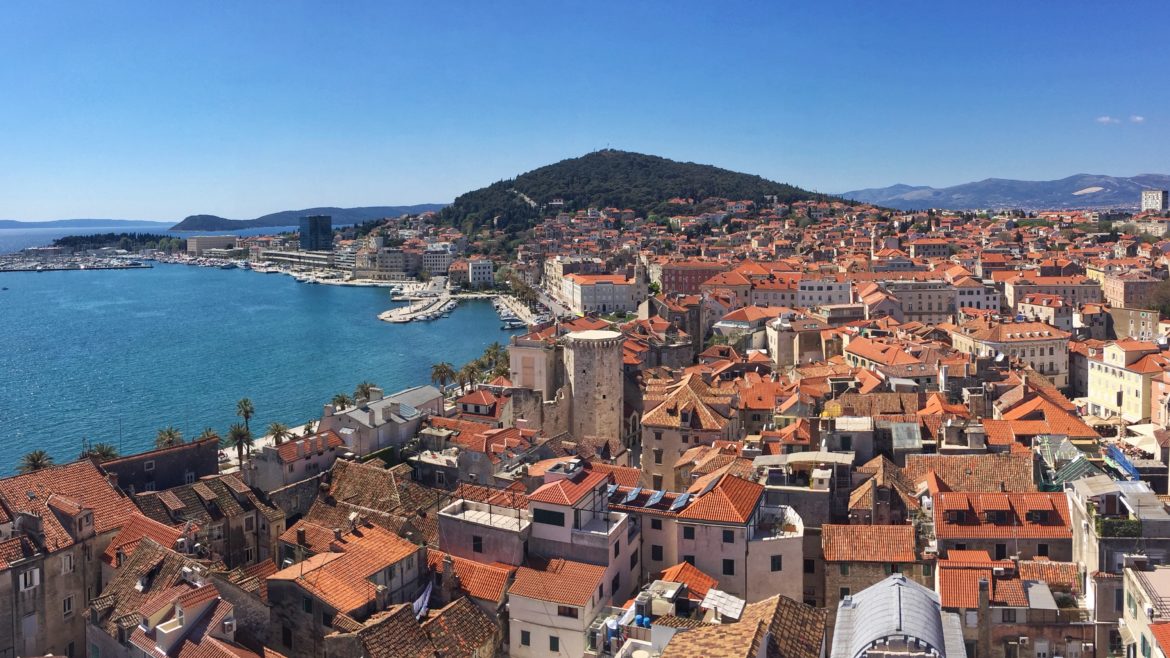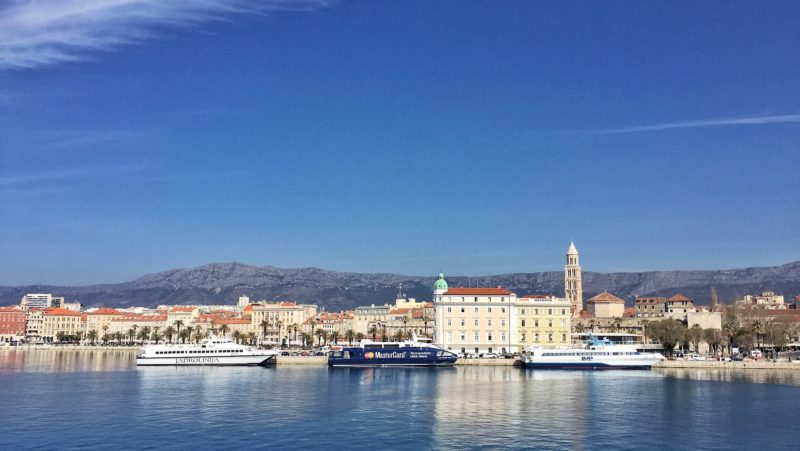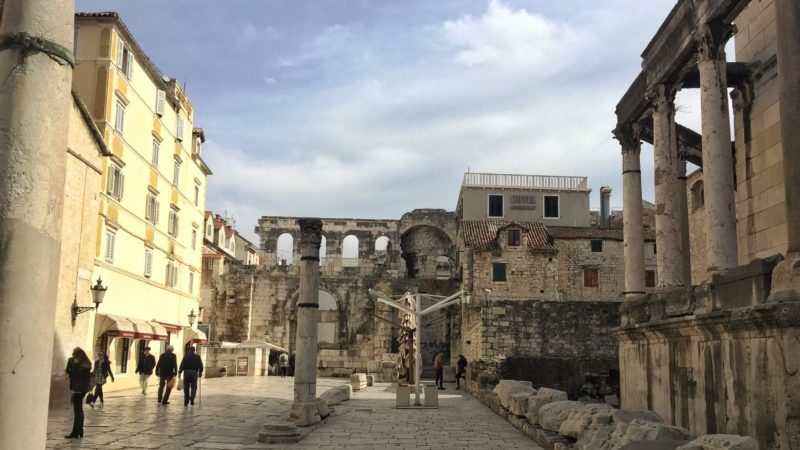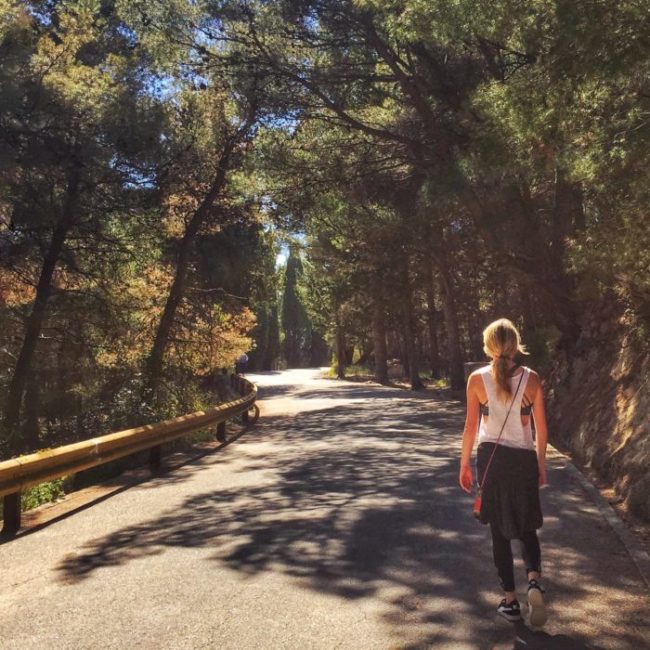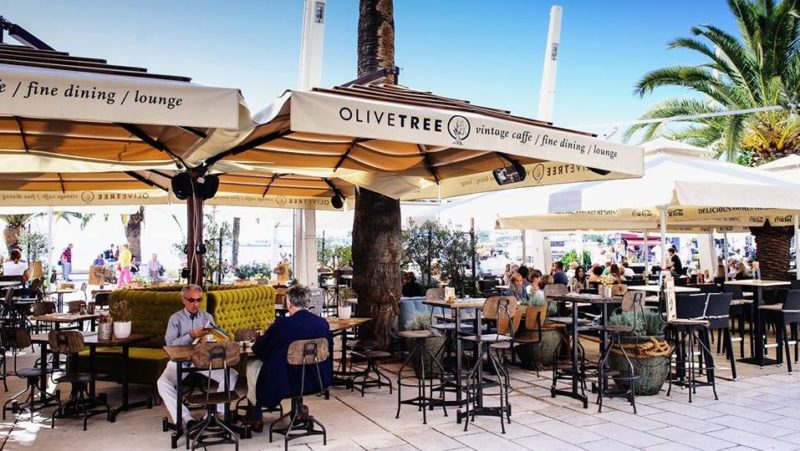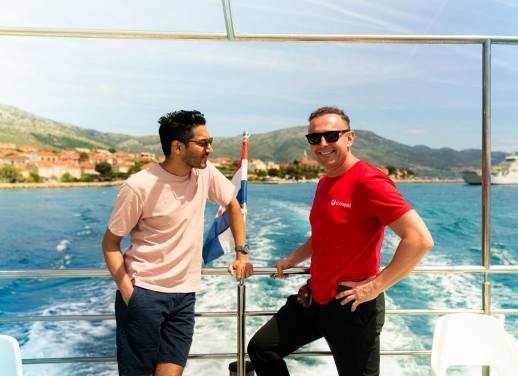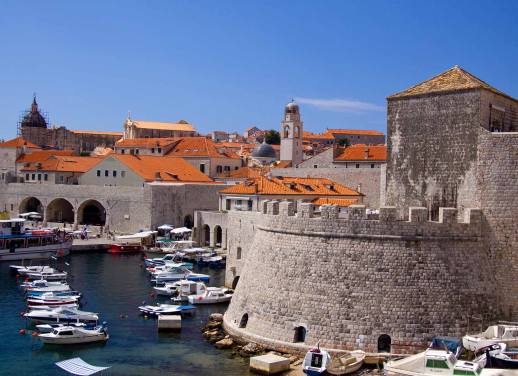Planning a trip to Croatia? It’s likely that Dubrovnik is on your itinerary. Everyone knows about Dubrovnik, what with its whole Game of Thrones connection.
So, when I tell people I’ve spent the last month in Split, I’m met with some entertaining responses. Some are along the lines of what the hell am I doing and when am I coming back to ‘reality’, but others, the ones that concern me most, say something like: “What could you possibly be doing in Split for that long? It’s just a stopover on the way to Dubrovnik.”
I mean, I guess if you’re not into exploring 1,700 years of history, indulging in truly fantastic (and underrated) cuisine, buzzing nightlife, and gorgeous coastline everywhere you look, then sure, it’s just a stopover. But I wholeheartedly implore you to give Split at least a few days.
What To Do In Split
Go to the beach
This should be an obvious number-one activity given its coastal location.
There are several sandy beaches (very rare for Croatia!) to choose from near Split’s centre, but I have a few favourites to share.
Bavice Beach is one of the most popular beaches in Split. There are several bars and restaurants along the seawall, but the area truly comes to life after sunset when you can enjoy seaside nightlife under the stars. In contrast, Firule Beach is a smaller beach that’s popular with families; the fine sand and shallow water are great for young children.
Kasuni Beach, Kastelet Beach and Jezinac Beach are all fantastic options on the southern part of Marjan Hill. Although slightly outside of Split, they are easily reached by car or boat. Bonus: there are plenty of choices for food and drink nearby.
SUBSCRIBE TO INTREPID’S NEWSLETTER FOR GIVEAWAYS, STORIES, COMPETITIONS, NEWS & MORE
Explore Split’s Old Town
Split is a wonderful dichotomy of old and new, where dozens of bars and restaurants thrive right alongside some of the world’s most impressive Roman ruins.
Split’s Old Town received its UNESCO World Heritage classification in 1979. Diocletian’s Palace is the most prominent landmark within Old Town and dominates the entire area. It’s truly unlike any other place I’ve experienced in Europe. Vast history expands in all directions, with narrow passageways that give ‘hole-in-the-wall’ a totally new meaning. It’s also pedestrian-only, which is pretty sweet.
Make sure you check out the Temple of Jupiter: the last of three temples left standing within the palace walls. The Cathedral of Saint Dominus was, ironically, originally built as a mausoleum for Diocletion (a famous persecutor of Christians). It’s the oldest Catholic cathedral in the world that remains in use in its original structure. Definitely worth a visit.
Depart Old Town via the Porta aenue (Brass Gate), located on the southern wall of the palace and cap off the afternoon at The Riva – Split’s famous harbour-front promenade. A perfect spot to relax and cool down with some gelato.
EXPLORE CROATIA’S WONDERS ON THIS EPIC 8-DAY TRIP
Explore Marjan Hill
Marjan is my favourite part of Split, and it’s popular among locals for walking, running, cycling, and rock-climbing. It’s said that the hills and forests of Marjan are ‘the lungs of Split’. It’s a serene place to escape the hustle, especially during peak season. It’s a short walk to the base of the trail, where you can either relax at the café bar overlooking Split Harbour or continue exploring.
If you do plan to hike Marjan, you should dedicate at least a half-day in order to do so thoroughly and leisurely. There are look-out points where you can take in panoramic views, countless trails to explore through dense pine forests, as well as the famous small churches that are built into the cliffs.
CHECK OUT THIS GUIDE TO CROATIA’S BEAUTIFUL ISLANDS
Take a day trip
With excellent ferry connections and close proximity to other coastal towns, Split is the perfect home base for day trips around Croatia. Vis, Brac and Hvar are all great islands you can day trip to, and another must-visit is Krka National Park (without a doubt, the top attraction here is its waterfalls).
Connected to the mainland by a short bridge, the town of Trogir is a UNESCO World Heritage site situated on a small island. All of its must-see attractions can be done in a day, which gives you ample time to travel back and forth from Split without feeling rushed.
Food and drink in Split
Some must-try traditional dishes here include: Peka – a meat and fish stew cooked under a bell-shaped pot in an open fire hearth; Sarma – veal, pork and speck mixed together with rice and spices then rolled in pickled cabbage leaves; and our personal favourite, Pašticada – flank steak marinated in red wine, vinegars and spices, then cooked for five hours and typically served with house-made gnocchi.
Croatian wine was a pleasant surprise. Despite it being one of the oldest wine-producing areas in the world, I didn’t know very much about it before we arrived. Generally, reds are from the south and white from the north, but it’s the latter which really stand out to me – I’ve grown to love Graševina, Malvazija and Malvasia, and Traminac, all of which are crisp and refreshing, with low to medium acidity.
Note: Traditionally, locals will dilute their wine with either still or sparking water, producing drinks known as gemišt (a combination of white wine and carbonated water) and bevanda (a combination of red wine and still water). I know, my inner wine-snob was horrified by this, too.
WANT TO TRY CROATIAN CUISINE? THIS 9-DAY FOOD TRIP IS PERFECT FOR YOU
Our favourite spots
First off, go to Olive Tree Vintage Cafe & Fine Dining Lounge. Near The Riva in Split, it’s a little on the touristy side, but the regionally-inspired food and wine selection is hard to beat. The service is impeccable, too.
Kod Sfinge Vanevropske Zviri is a must-try spot in Old Town. It’s run by an adorable couple who do all the cooking and serving themselves, giving it a homey, hole-in-the-wall vibe. The menu is small, but you really can’t go wrong between the homemade pasta loaded with truffles and their famous pašticada.
Located in the city centre, Zinfandel Food & Wine Bar has become one of my favourite wine finds. Prices are reasonable, they have over 100 different types of wine you can order by the bottle, and 30 that are available by the glass.
Split FAQ’s
Is Split worth visiting?
Yes, we believe Split is definitely worth visiting! It’s a must-visit city on any trip to Croatia. With its UNESCO world heritage classification, medieval old town and its coastal location, it’s a perfect place to visit.
Where is Split, Croatia?
Split is located in central Dalmatia in the southern region of Croatia. Split Lies on the eastern shore of the Adriatic Sea.
—
All in all, although it’s growing in popularity as a tourist destination, Split’s thoroughly lived-in feel still gives visitors a chance to experience Dalmatian life as it really is.
While Split may never shine as brightly as the ‘Pearl of the Adriatic’ by tourist standards, general consensus among the locals is that they wouldn’t have it any other way. And this tourist couldn’t agree more.
Whether you’re into food, cycling or sailing, our Croatia trips have got you sorted. Check them out:
Image Credits: All c/o psletstravel.com (except Olive Tree c/o the restaurant’s Facebook page)

